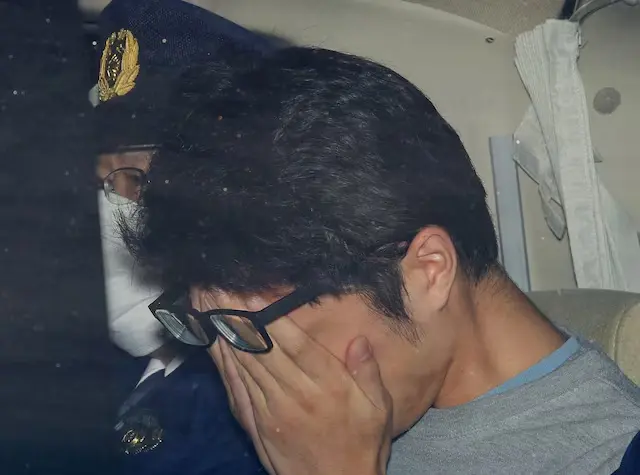Japan carried out its first execution since 2022 on June 27, hanging Takahiro Shiraishi—infamously known as the “Twitter killer”—who was convicted of murdering and dismembering nine individuals he contacted through social media.
Who Was Takahiro Shiraishi, The “Twitter Killer”?
Takahiro Shiraishi, 34, horrified the nation in 2017 after luring victims to his apartment in Zama, Kanagawa Prefecture, via X/Twitter. He targeted individuals who had expressed suicidal thoughts, offering to assist them—only to kill them instead. Shiraishi murdered eight women and one man, sexually assaulting most of the female victims before killing them. The lone male victim was reportedly the boyfriend of one of the women, killed to silence him.

Police arrested Shiraishi in October 2017 after discovering severed body parts stored in cold-storage containers in his apartment. The case sent shockwaves through Japan and the international community, earning Shiraishi the moniker “Twitter killer” due to the platform he used to lure his victims.
Shiraishi pleaded guilty in 2020 and was sentenced to death later that year. The sentence was finalized in 2021 after he dropped an appeal.
Capital Punishment in Japan
The execution of Shiraishi marks the first time Japan has carried out the death penalty since July 2022, when a man convicted of a deadly rampage in Tokyo’s Akihabara district was executed. Justice Minister Keisuke Suzuki authorized the hanging, calling Shiraishi’s crimes “extremely selfish” and deeply damaging to society.
Japan is one of only two G7 nations—alongside the United States—that still practices capital punishment. Executions in Japan are carried out by hanging and are conducted in secrecy. Inmates are typically notified just hours before their execution, a practice widely criticized by human rights organizations for its psychological impact on death row prisoners.
Justice Minister Suzuki defended the decision, citing a government survey that shows strong public support for capital punishment despite growing international pressure for abolition.
Japan’s Death Penalty System
Japan currently has 105 inmates on death row, 49 of whom are seeking retrials. The execution of Shiraishi has reignited debates about the transparency of Japan’s justice system and the morality of capital punishment.
Since 2007, Japan has begun releasing limited information about executions, including the names and crimes of those executed. However, the overall process remains highly secretive, with no prior public notification and minimal details shared afterward.
Critics, including international human rights groups, have long urged Japan to reconsider its approach. The case of Iwao Hakamada, the world’s longest-serving death row inmate who was acquitted in 2023 after nearly six decades on death row, further intensified calls for reform.
Social Media Oversight
The Shiraishi case also underscores the dark potential of social media platforms to be manipulated by predators. By targeting vulnerable individuals online, Shiraishi exploited a platform meant for connection to carry out horrific acts.
This has prompted discussions about the role of tech companies in monitoring harmful content and user behavior. While Twitter (now X) has since implemented more safety measures, the case remains a sobering reminder of the real-world dangers of digital anonymity and unmonitored interactions.
First Death Row Execution in Japan Since 2022
Shiraishi’s execution may bring a sense of closure to victims’ families, but it also raises broader questions about justice, mental health, online safety, and Japan’s stance on the death penalty. Despite Japan’s relatively low crime rate, recent high-profile killings have kept capital punishment at the center of national debate.
As Japan balances public opinion, human rights concerns, and international scrutiny, the conversation around capital punishment and justice reform is likely to intensify in the years ahead.


